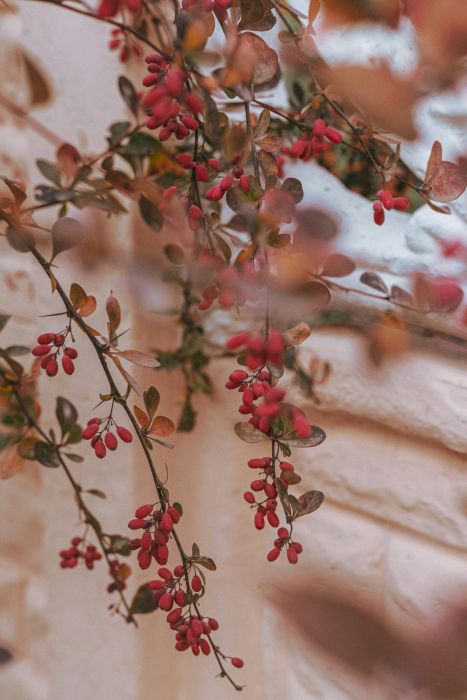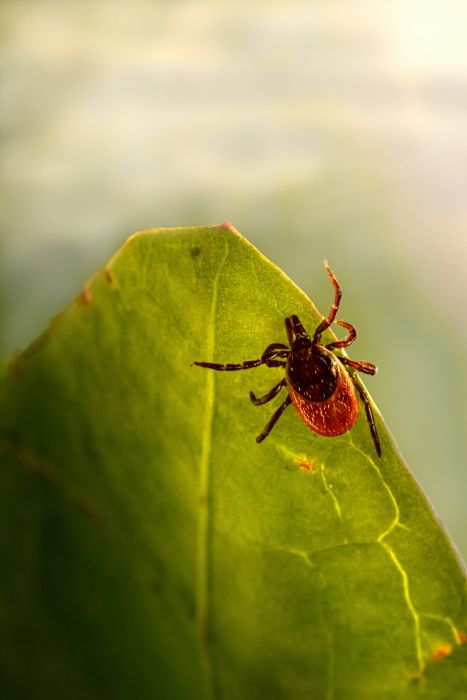Japanese Barberry Invasive Plant
Japanese barberry (Berberis thunbergii) is a popular ornamental plant used in landscapes across the east coast of the United States. Native to Japan, the plant was introduced into the United States in 1875 and has since become one of the most highly invasive plants in temperate regions worldwide. The Japanese barberry invasive plant’s ability to grow under various conditions makes controlling the effects difficult.
What the Japanese Barberry Invasive Plant Looks Like
Size: The shrub is compact and dense, rarely exceeding 4 feet in height. The brown, spiny branches will also touch the ground.
Flowers: The flowers are pale yellow and often have around six petals each.
Fruit: Berries are glossy bright red to orange-red. Each berry is also around 1/4 to just under 1/2 inch long.
Leaves: Japanese barberry leaves are distinctly spoon or spatula-shaped with smooth edges. The leaves typically have a thick, leathery, and bright green appearance but can have some red or purple coloring and are 1 inch or less long.
Stem: The exterior of the stem is grooved and rusty brown with single spines, while the inner bark is bright yellow.
Damage Caused by Japanese Barberry
One of the reasons the Japanese barberry invasive plant causes damage is that the shrub is a host for several human diseases, including Lyme disease. Bites from the black-legged or deer tick (Ixodes scapularis) transmit the disease, making Lyme disease a common vector-borne illness in the United States. In humans, early symptoms of this disease include rash, fever, headaches, and tiredness. If untreated, symptoms may also include joint pains, severe headaches, or heart palpitations.
The microclimate of Japanese barberry is favored by ticks, because it protects them from temperature and humidity fluctuations as opposed to relatively taller and thinner native vegetation. In addition, the relatively low stature of barberry plants provides plenty of opportunities for ticks to come in contact with humans.


Why Japanese Barberry is Highly Invasive
One of the reasons Japanese barberry has been highly invasive is due to a high tolerance for shade. The plant can tolerate high or low amounts of sunlight and even dry conditions. This has made Japanese barberry particularly troublesome in urban or suburban areas where large trees provide valuable shade and create environments where the invasive plant thrives. In addition, the plant has few natural predators, as deer prefer to feed on other plants. The result is that the plant is able to spread quickly and thrive in various environments.
Pennsylvania Bans Japanese Barberry
The Japanese barberry invasive plant has caused so much harm to landscapes and people that the Pennsylvania Department of Agriculture designated the plant as a noxious weed. As a result, Japanese barberry cannot be legally sold or cultivated in the state. The ban was implemented in October 2021 and penalties are rolling out to nurseries or other landscaping businesses that sell the plant. As a result, property owners should not buy Japanese barberry for their landscapes and should contact a plant health care expert to have the invasive plant removed from their property if necessary.
Controlling & Removing Japanese Barberry
If you have Japanese barberry on your property, you can work with plant health care professionals to remove it. Be aware that the seed of this species also remains viable in the soil for up to 10 years. As a
result, removal must be followed by at least two or three years of follow-up monitoring and control. In addition, seeds germinate in early spring and grow quickly. The seeds can be challenging to remove via mechanical means because the seeds often grow in dense stands in which individual plants are inaccessible.
Sprouting from stolons (horizontal shoots) or roots is another problem that may occur after removal efforts have been completed. Work with a professional to carefully monitor and control these sprouts.
Contact Burkholder PHC for Invasive Plant Treatment & Removal
The Japanese barberry invasive plant poses risks to human health. As a result, we recommend a professional evaluation to help remove the plant and control any adverse effects. Our evaluation is free, and proper treatments can restore your landscape’s health. Contact Burkholder PHC today for a free consultation.

